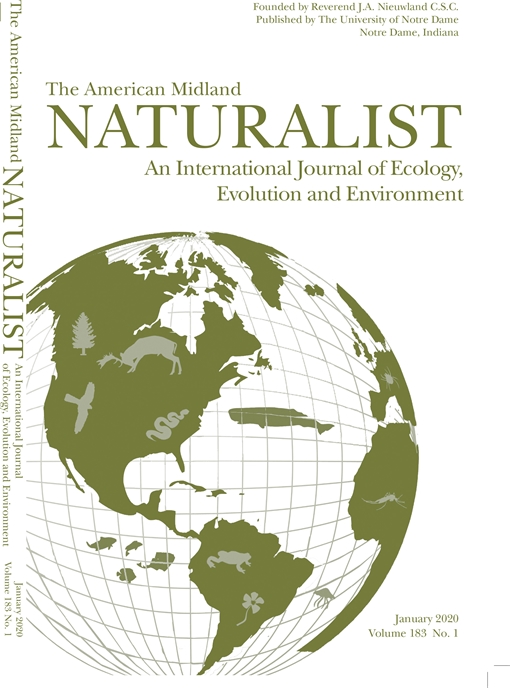Lesser Prairie-Chicken (Tympanuchus pallidicinctus) populations have declined throughout most of their distribution since the mid-1980s. These declines are largely attributed to loss of habitat through the conversion and expansion of cropland, construction of oil wells and other anthropogenic features on the landscape, and grazing intensification. Changes in habitat availability and quality are seemingly having a disproportionate effect on the reproductive habitat of Lesser Prairie-Chickens, as some populations continue to decline. Nest and brood survival are crucial to population growth of Lesser Prairie-Chickens, with adequate reproductive habitat vital to population persistence. To better understand the influence of reproductive habitat availability on populations, we quantified the composition of reproductive habitat in lek landscapes across the northern extent of the Lesser Prairie-Chicken range. We measured vegetation at six study sites in Kansas and Colorado from 2013–2016. We sought to quantify available nest and brooding habitat adjacent to leks, investigate the relationship between reproductive habitat availability and lek attendance by males at several spatial scales, and examine vegetation characteristics that influence lek attendance. Within 5 km of a lek, 25% (2546/10,320 points) and 26% (2682/10,320 points) of random locations provided nesting and brooding habitat, respectively. Changes to reproductive habitat at both scales affected male attendance at leks. Visual obstruction of vegetation was the main predictor of male lek attendance at both spatial scales and limited the amount of reproductive habitat in lek landscapes. Accordingly, management should increase visual obstruction throughout the Lesser Prairie-Chicken range to increase reproductive success and improve populations to facilitate achieving the conservation goal set by the Western Association of Fish and Wildlife Agencies of a 10 y average Lesser Prairie-Chicken population of 67,000 birds.
How to translate text using browser tools
21 January 2020
Looking at the Bigger Picture: How Abundance of Nesting and Brooding Habitat Influences Lek-Site Selection by Lesser Prairie-Chickens
Jacquelyn M. Gehrt,
Daniel S. Sullins,
David A. Haukos
ACCESS THE FULL ARTICLE
It is not available for individual sale.
This article is only available to subscribers.
It is not available for individual sale.
It is not available for individual sale.





